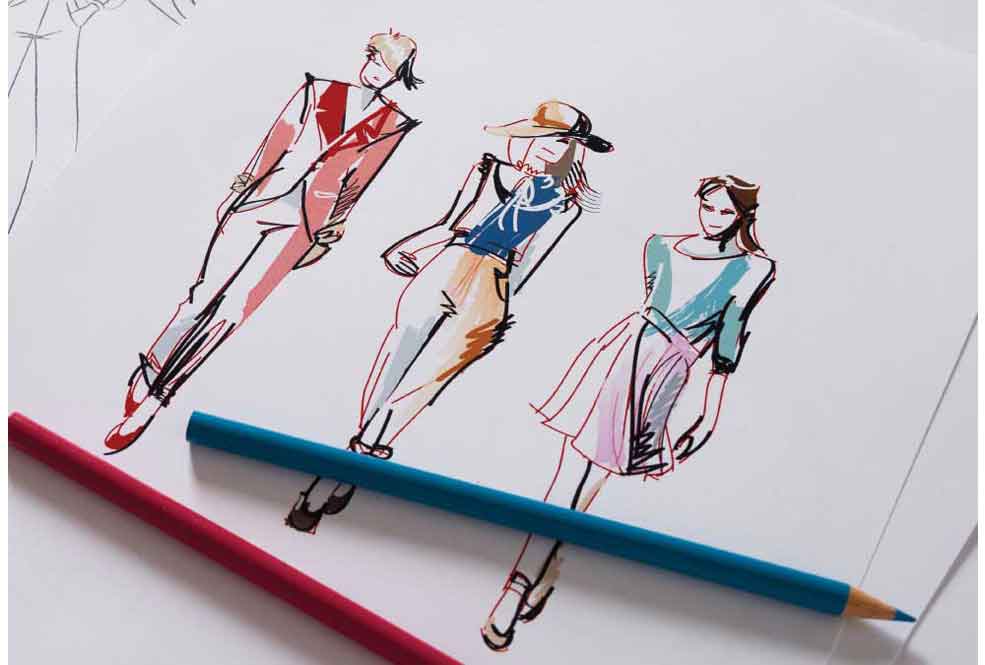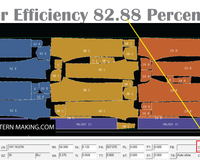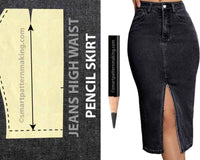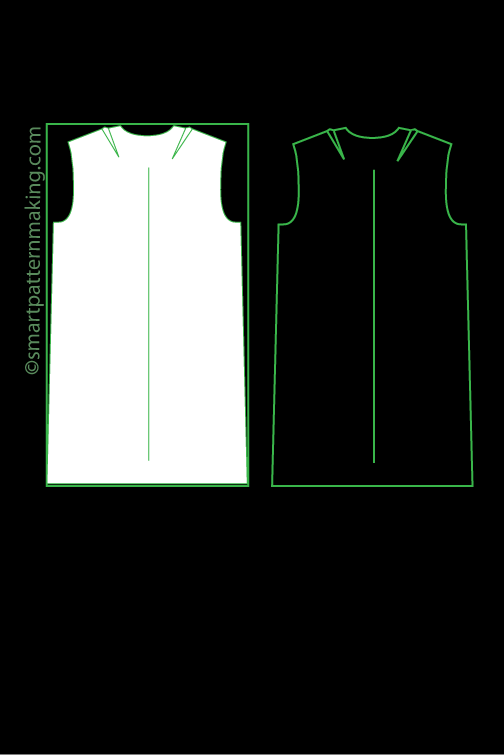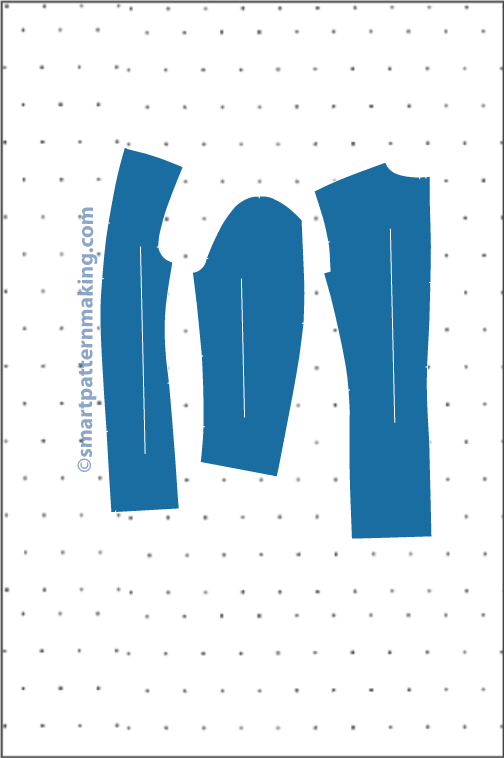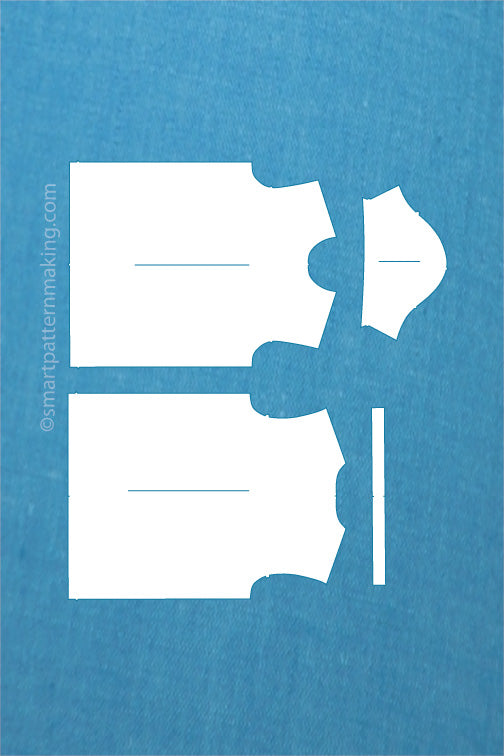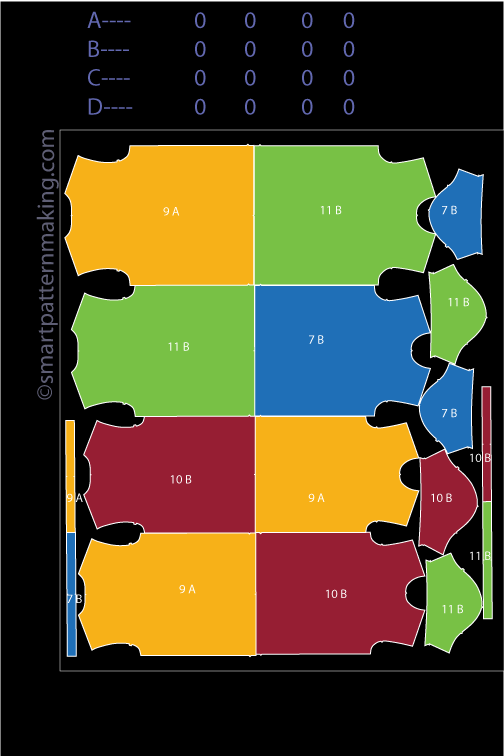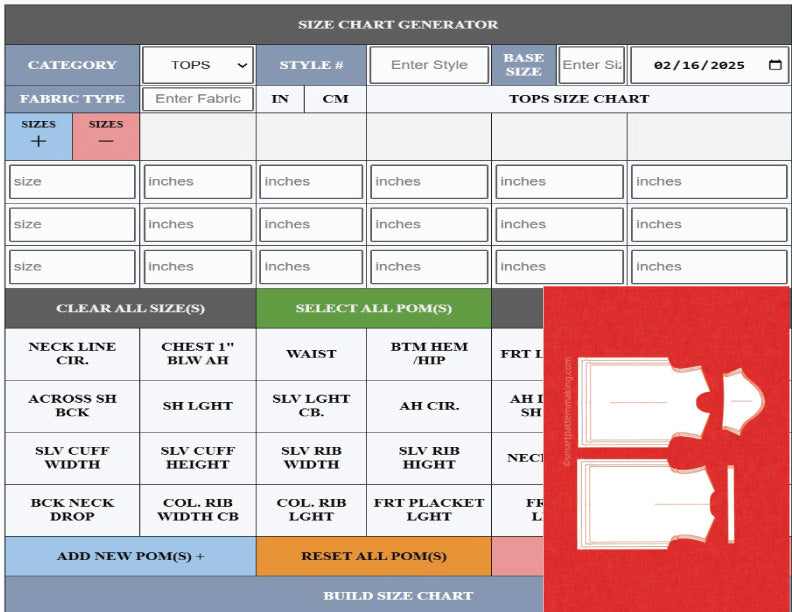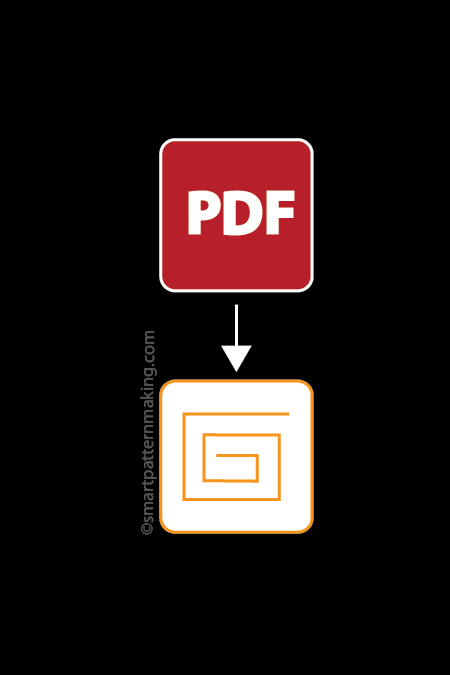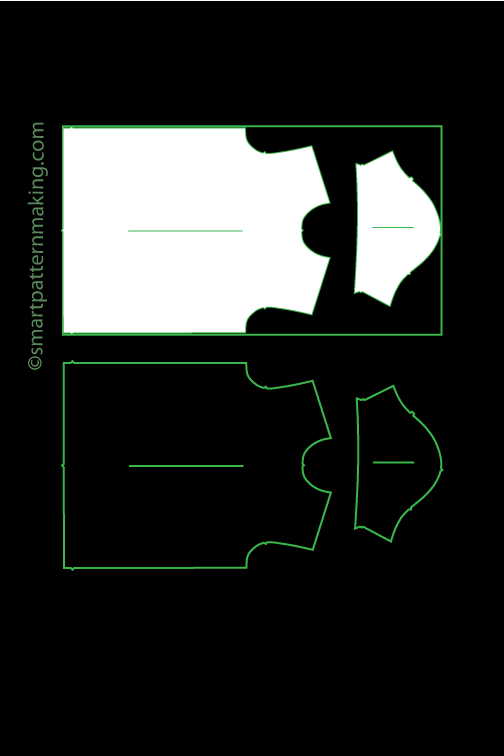10 Essential Skills Every Fashion Designer Should Develop
If you have a passion for fashion design and want to take your skills to the next level, this guide is for you. We'll explore the 10 key skills that every aspiring fashion designer should focus on to excel in the industry. From sketching and pattern making to understanding textiles and staying up-to-date with the latest trends, this guide will help you develop your skills and knowledge in fashion design.
Sketching and Illustration
Sketching and illustration are essential skills for any fashion designer. These skills allow you to bring your ideas to life and communicate your designs to others. Whether you're sketching out initial concepts or creating detailed illustrations of your garments, being able to effectively communicate your vision is crucial in the fashion industry. Practice sketching regularly and experiment with different techniques and styles to develop your own unique aesthetic. Additionally, learning how to use digital illustration tools can also be beneficial in today's digital age.
Sewing and Garment Construction
Sewing and garment construction are fundamental skills that every fashion designer should develop. Understanding how to sew and construct garments allows you to bring your designs to life and create wearable pieces. Whether you're working with a pattern or creating your own designs, knowing how to properly sew and construct garments ensures that your creations are well-made and fit properly. Take the time to learn different sewing techniques, such as hand sewing, machine sewing, and serging, and practice constructing garments using different fabrics and materials. This will not only enhance your design skills but also give you a deeper understanding of the construction process, allowing you to create high-quality and well-finished garments.
Pattern Making and Draping
Pattern making and draping are essential skills for fashion designers. Pattern making involves creating templates or patterns that serve as the blueprint for constructing garments. It involves taking measurements, drafting the pattern pieces, and making adjustments for fit and style. Draping, on the other hand, involves manipulating fabric directly on a dress form or model to create the desired shape and silhouette. It allows designers to experiment with different drapes and folds to achieve unique and innovative designs. By mastering pattern making and draping, fashion designers can bring their creative visions to life and create garments that fit and flatter the body.
Fabric Knowledge and Selection
Understanding different types of fabrics and their properties is crucial for fashion designers. Fabric choice can greatly impact the overall look and feel of a garment. Designers need to know how different fabrics drape, stretch, and hold their shape in order to select the right fabric for their designs. They also need to consider factors such as durability, care instructions, and cost when choosing fabrics. By having a strong knowledge of fabrics and their characteristics, fashion designers can make informed decisions and create garments that not only look great but also perform well.
Color Theory and Coordination
Color theory and coordination are essential skills for fashion designers. Understanding how colors work together and how they can evoke different emotions and moods is crucial in creating visually appealing designs. Fashion designers need to know how to choose the right color palette for their collections and how to coordinate colors in a way that enhances their designs. They also need to understand color trends and how to incorporate them into their work. By mastering color theory and coordination, fashion designers can create cohesive and impactful designs that resonate with their target audience.

